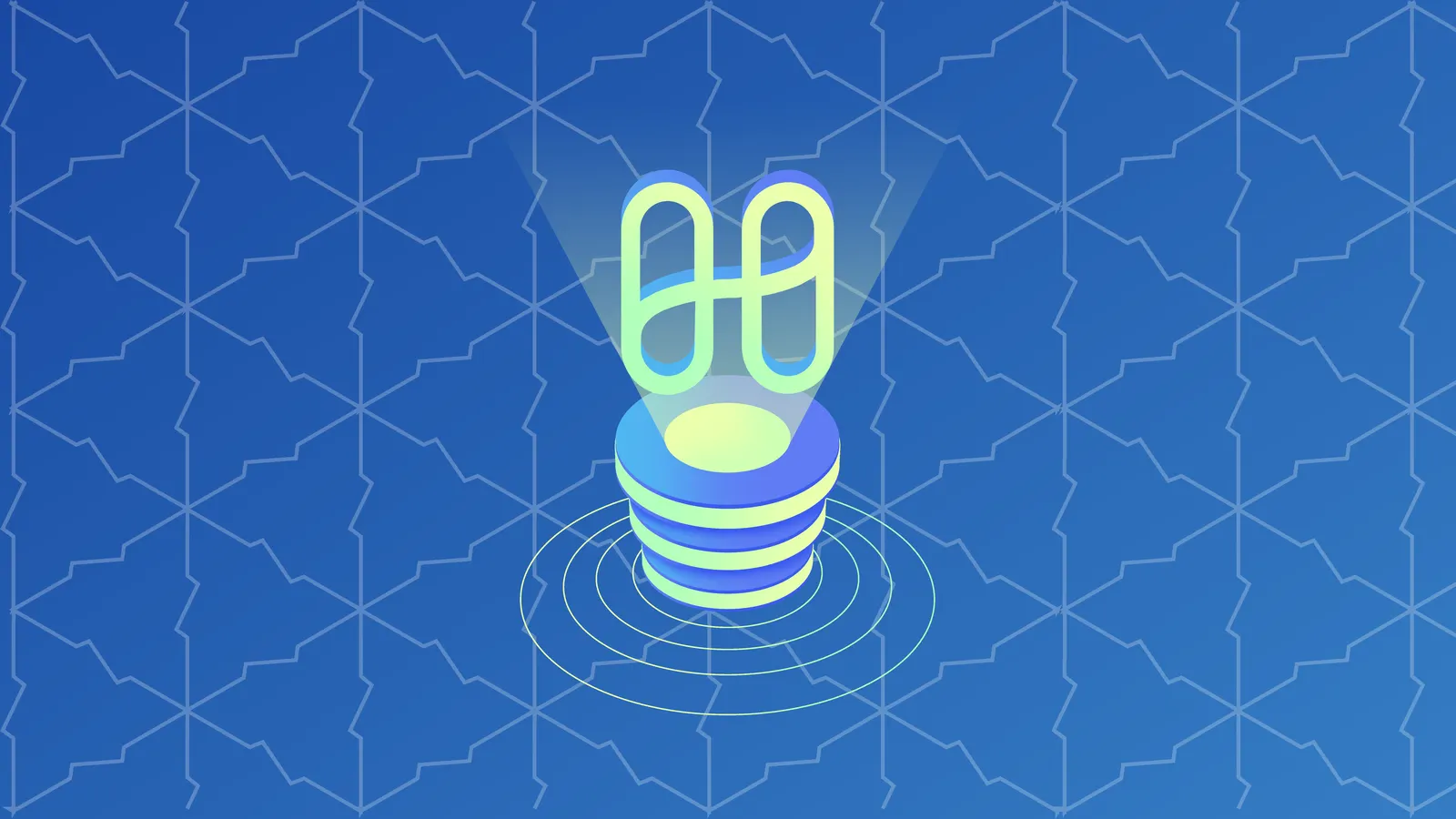In brief
- Launched in 2019, Harmony runs four parallel blockchain networks called shards to reduce latency by 1,000%.
- Harmony controls the influence of stakeholders—called validators—by assigning them randomly to a given shard and limiting the size of each stake.
Many in the blockchain world are trying to wean themselves off Bitcoin’s proof of work system, in which energy-intensive miners use their computing power to verify each new block of transactions in exchange for new coins.
In the Ethereum world, much of the development has turned to the alternative proof of stake consensus mechanism, which relies on a distributed cohort of stakeholders. To earn the right to validate transactions and generate new coins, these “validators” don’t use computing power but rather deposit, or stake, their own money on the network.
However, efforts to build a proof of stake system frequently run into a problem: It’s all too easy for one stakeholder, or multiple stakeholders working in conspiracy, to amass funds and co-opt the network. That compromises security and decentralization, two of the three cornerstones of an effective blockchain, for the sake of scalability. Harmony has attempted to build a fairer system that keeps validators in line.
What is Harmony?
Harmony is a layer-1 blockchain built in 2018 and launched in 2019 by Stephen Tse with the goal of resolving the persistent “blockchain trilemma” of balancing scalability with security and decentralization.
It launched via Binance Launchpad and netted 23 million in May 2019, and now has a total market capitalization of $1.5 billion. It is compatible with the Ethereum network and includes a token called ONE which validators can mint for themselves and draw in the form of transaction fees. Its developers boast that the network can handle 2,000 transactions a second, each of which takes on average 2 seconds to settle—the average transaction on Ethereum proper, by contrast, takes around ten minutes. Fees are similarly reduced—by 1,000 times.
Harmony also incorporates a cross-chain feature called Horizon, which allows holders to move between ONE and the Ethereum network, meaning they can avail themselves of both the layer-1 network’s security and the layer-2 network’s efficiency. It is currently building out a platform for lending non-fungible tokens (NFTs).
How does Harmony work?
Harmony’s blockchain is divided into four networks known as “shards,” which run in parallel but are validated by separate groups of stakeholders—a kind of division of blockchain labor that makes the blockchain more efficient and reduces latency. Harmony calls this approach Effective Proof of Stake.
Harmony stakeholders deposit Harmony’s native ONE token and are assigned to one of the four shards (only one of which, Shard 0, is currently in use). Validators have to maintain a full copy of the transactions of a given shard, but—critically—not a full copy of the entire network, as is typical. As a reward they receive newly minted coins and a portion of the transaction fees generated. They are rotated among shards after a period known as an “Epoch” to stop them getting too comfortable. Each shard currently has 250 spots for validators but scaling may introduce more.
Harmony’s clever idea is to assign stakeholders randomly to each shard so as to avoid coordinated attempts to take over the network. Harmony also discourages the hoarding of tokens by fining those who stake above a certain limit and rewarding those who invest less. The (supposed) upshot? Faster transactions and lower fees, without undermining security.
Who's working with Harmony?
- 🐵 Bored Ape Yacht Club: A wildly popular profile picture (PFP) NFT series depicting colorful apes, which grants access to perks within a large, vibrant community. Bored Ape holders can migrate their NFTs into DeFi Kingdoms, a play-to-earn game built on the Harmony blockchain.
- 💲 Terra: An algorithmic stablecoin popular on decentralized exchanges, a partnership between Terra and Harmony enables UST to be wrapped on the Harmony blockchain as 1UST.
What is Harmony's ONE token?
Harmony’s native token, ONE, can be staked, earned and mined and also confers governance rights on holders, allowing them to participate in decisions pertaining to the future of the network.
Like Bitcoin, it has a limited supply—of a mere 12.6 billion tokens, 9.4 billion of which have already been minted, per CoinMarketCap. Around 15% of ONE tokens went to the founding team.
Where to buy ONE token
Harmony’s ONE token is available to buy at a range of exchanges including Binance, Crypto.com and Huobi Global.
Did you know?
In mid-January 2022, Harmony's ONE token reached a market cap of $4.8 billion.
The future of Harmony
Harmony is building out a feature allowing NFT lending, and is migrating its token from a Chrome extension to MetaMask as it builds its own proprietary wallet.
It has also created a $300 million fund called Harmony Grants which aims to finance further research in the proof of stake field. It has, for instance, rolled out a decentralized autonomous organization, or DAO, whose goal is to fund research into zk-proofs, a way to communicate sensitive data across blockchains anonymously.


